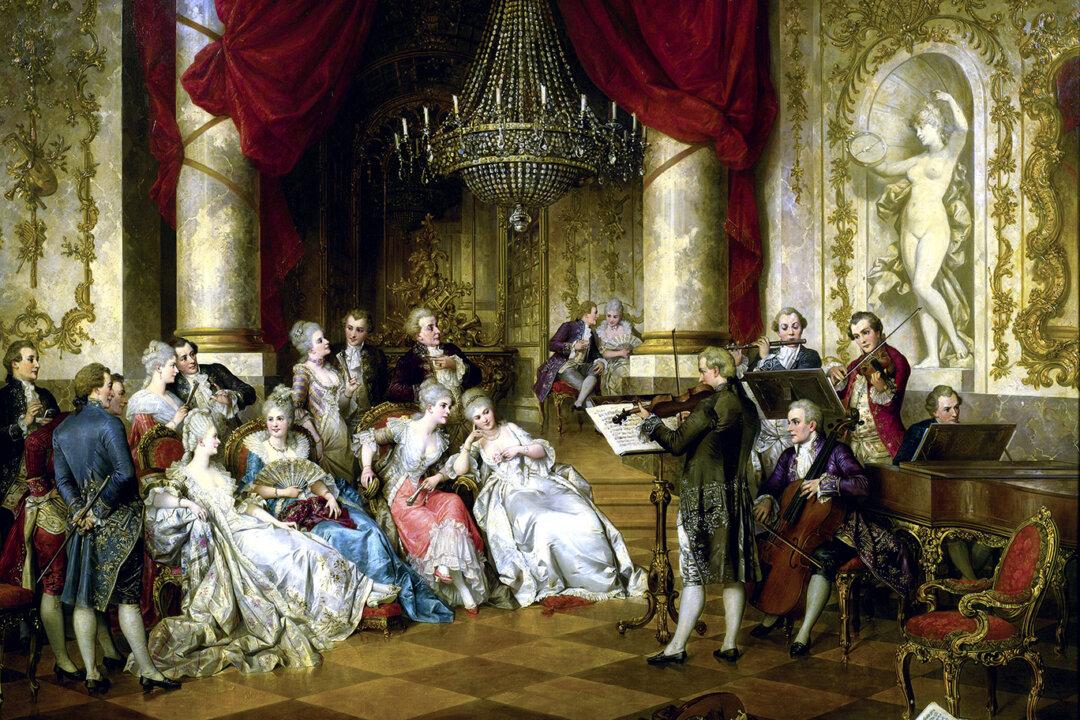Perhaps it’s no surprise that the hospitable Irish took in a “foreigner,” a Welshman named Patrick, and made him their own patron saint! And Saint Patrick’s Day, that exuberant day of merriment, came around again this month, on the 17th of March.
The Irish also gave the world Halloween, another day of revelry, but in their defense, they’ve made considerable contributions in most areas of the arts: from literature to music and fine art.





